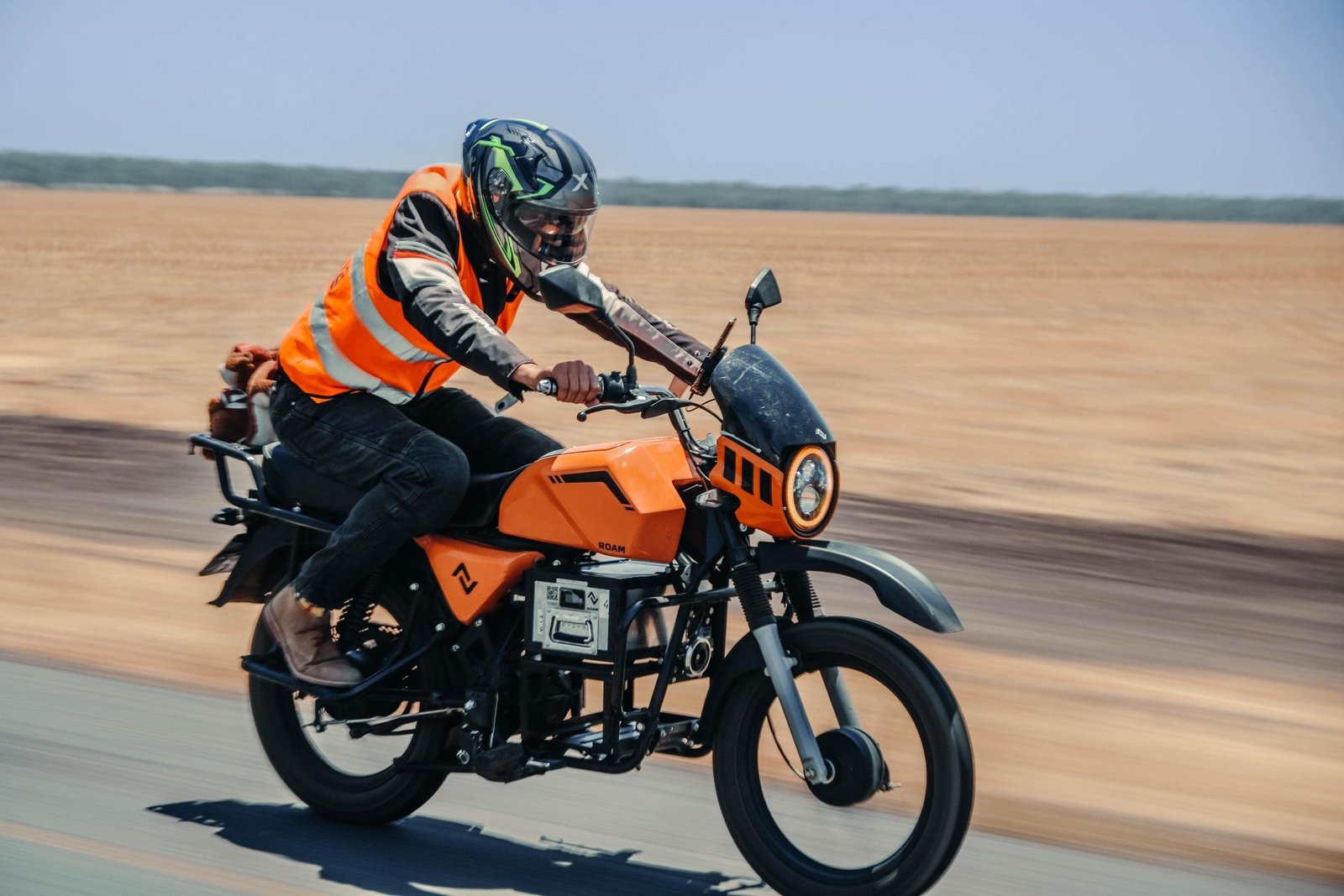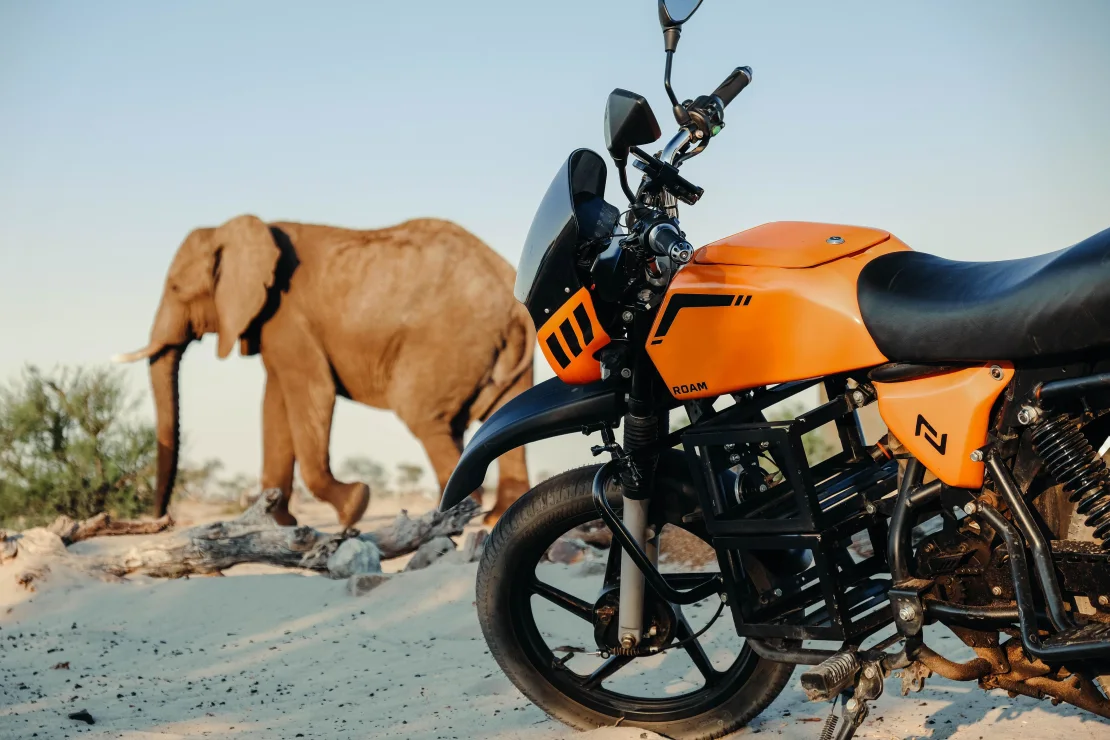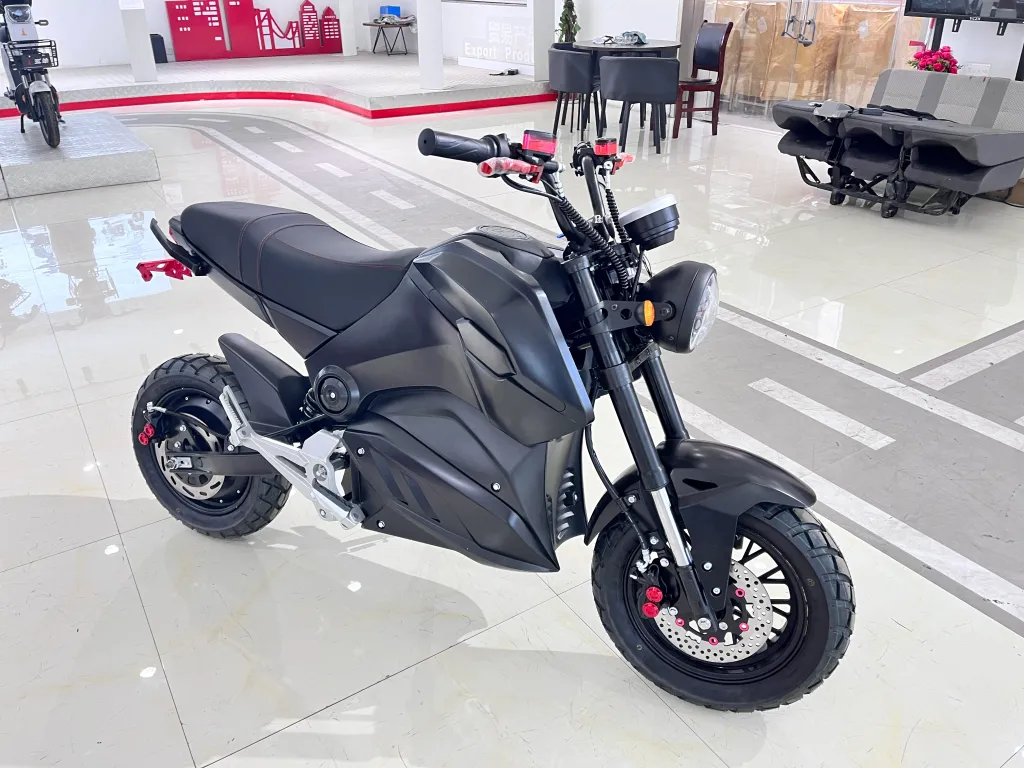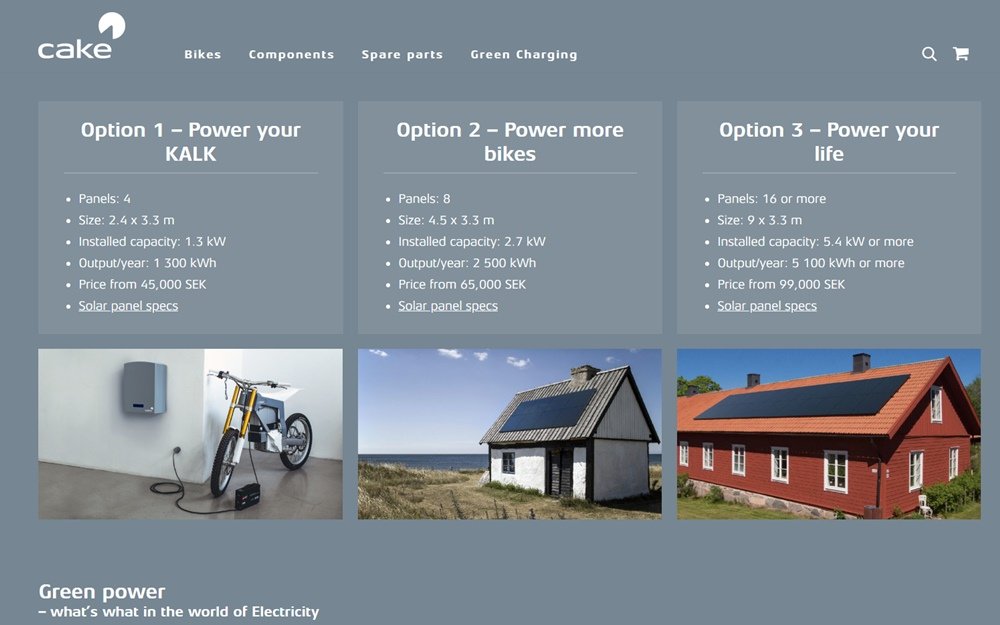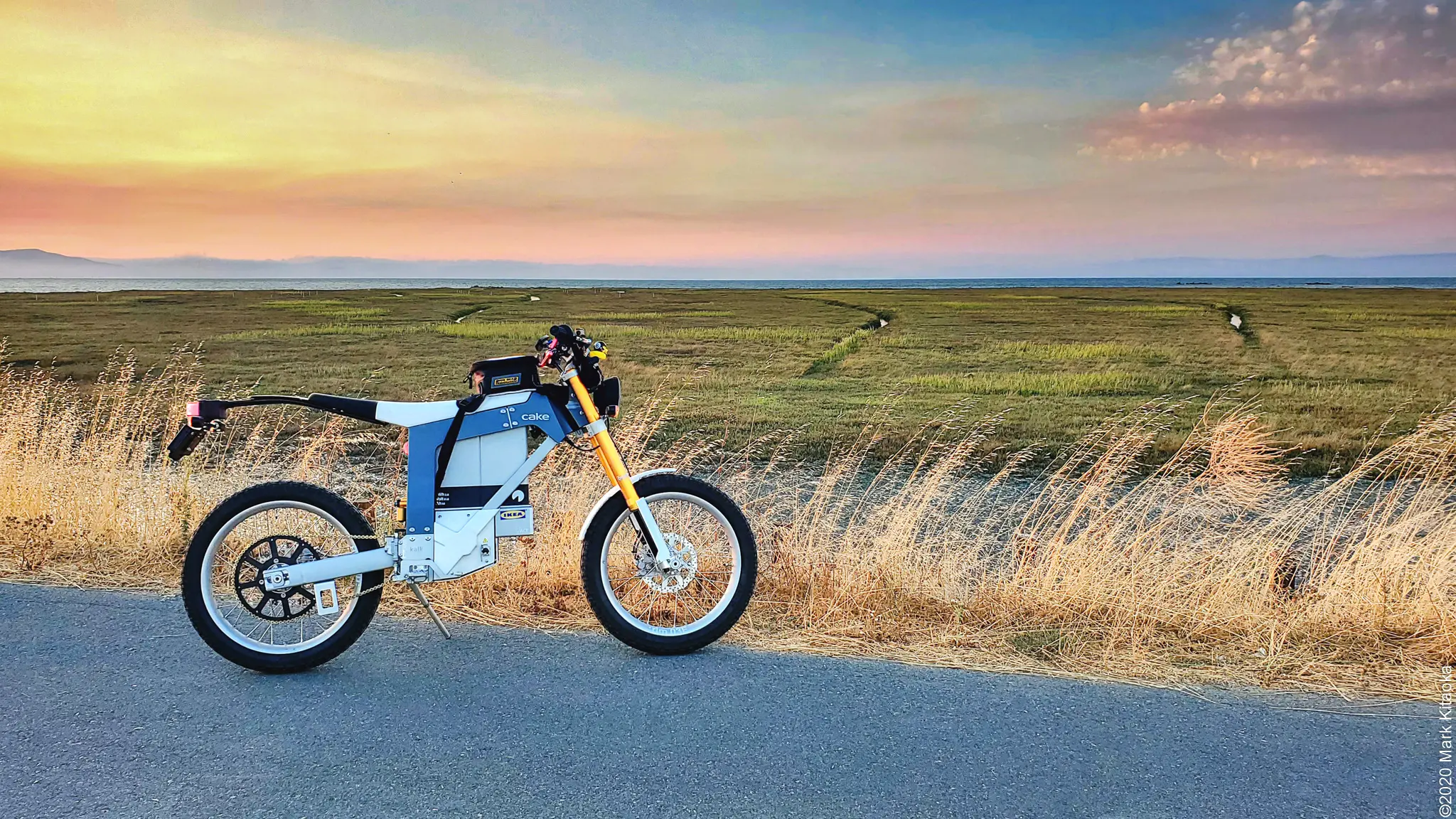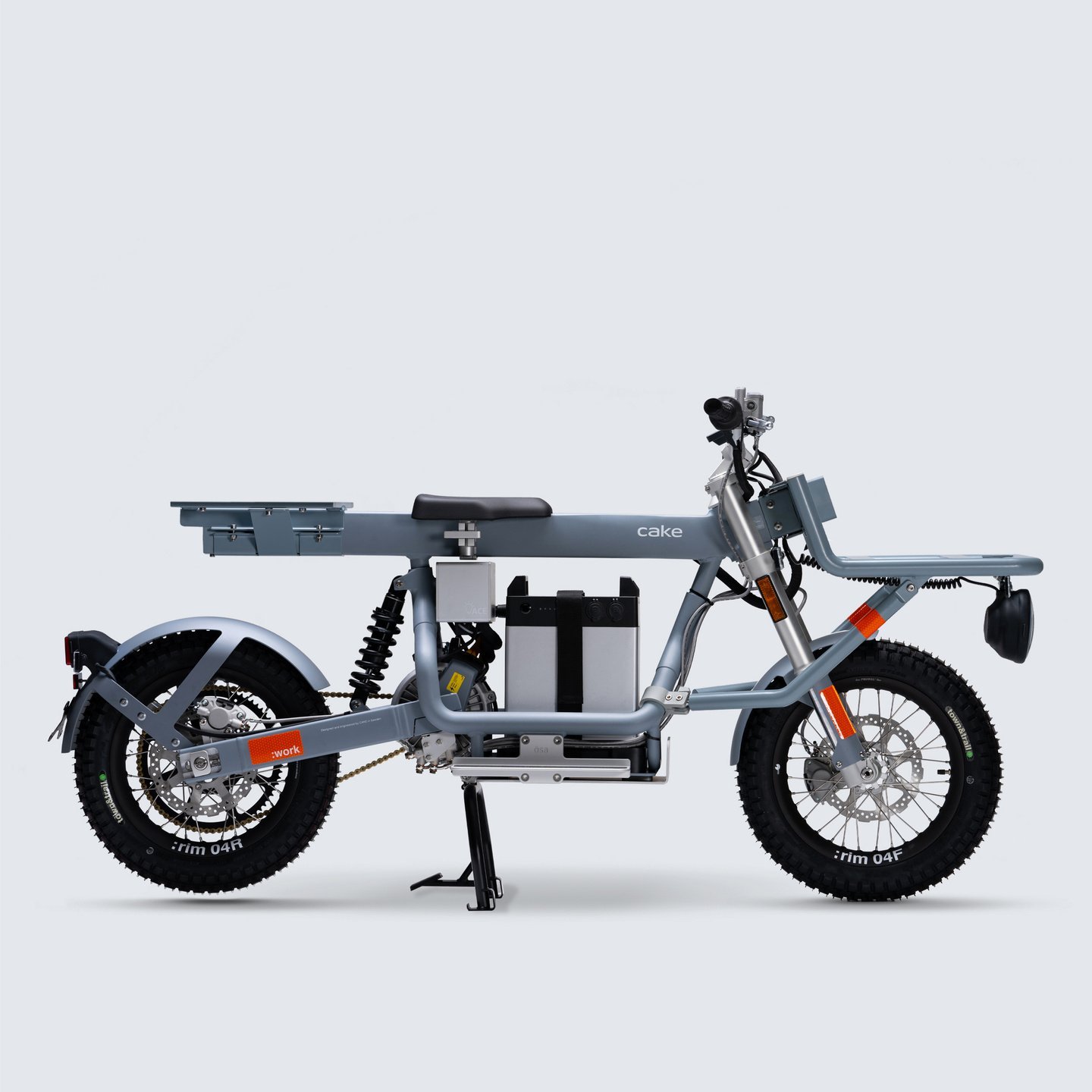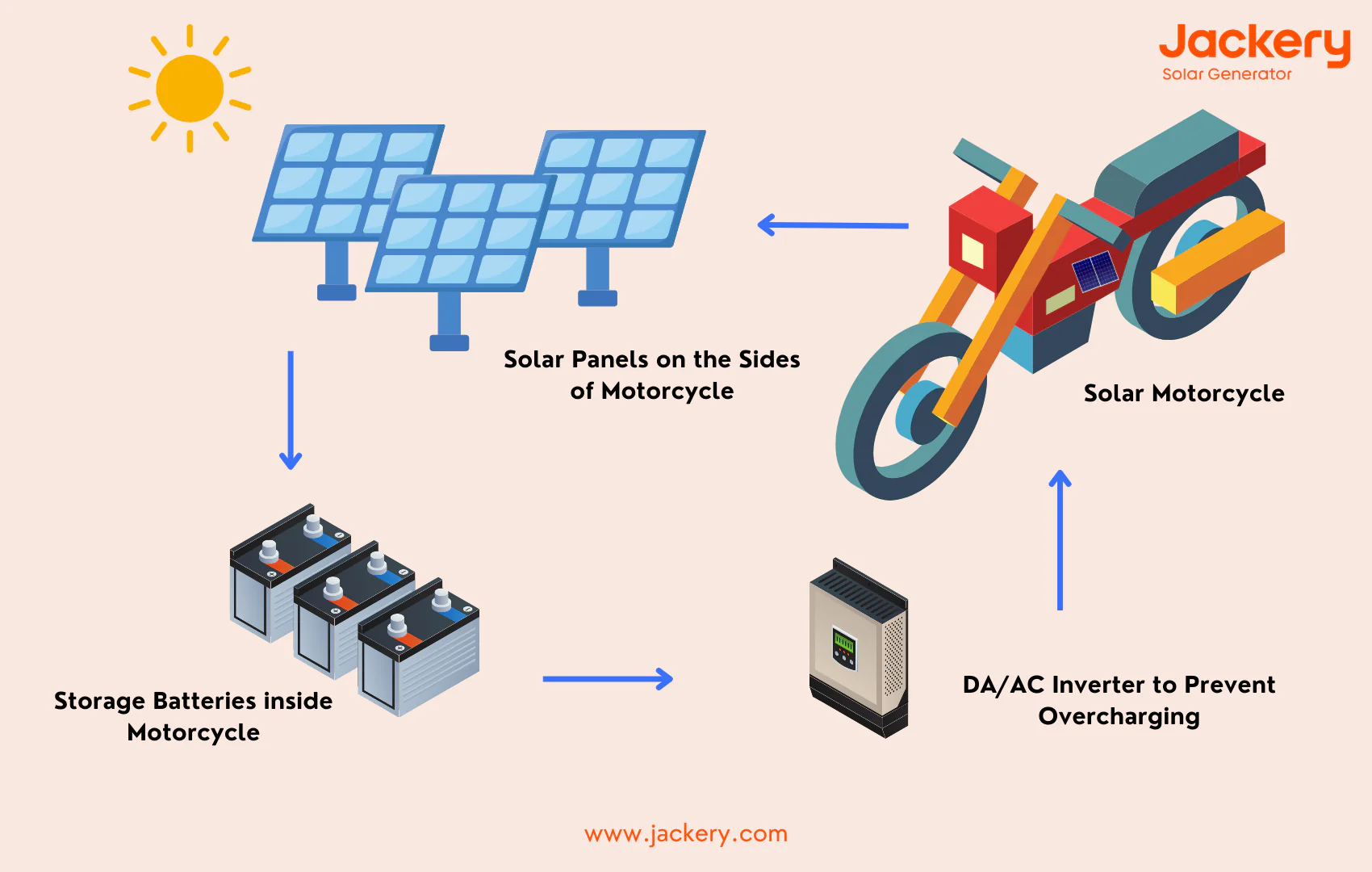Introduction: A Glimpse Into the Photo voltaic Revolution
Photo voltaic-powered bikes as soon as represented an bold step within the journey towards sustainable transportation. Because the world moved towards greener options, a handful of daring innovators explored the potential of mixing electrical propulsion with photo voltaic vitality.
These tasks aimed to deal with challenges like restricted charging infrastructure and rising environmental issues. Nonetheless, regardless of their ingenuity, many of those ventures struggled to search out long-term success as a result of technical, monetary, and market-related obstacles.
Under, we revisit three noteworthy tasks that showcased each the potential and the challenges of solar-powered bikes.
Challenges Confronted by Photo voltaic Bikes
Photo voltaic bikes have largely remained area of interest as a result of a number of important challenges:
- Restricted Power Seize: The restricted floor space of bikes makes it troublesome to mount sufficient solar panels to generate adequate energy, limiting their vary and usefulness. Climate dependency additionally performs a essential function, as cloudy days or shaded areas considerably scale back photo voltaic vitality output.
- Excessive Prices: Photo voltaic know-how, notably high-efficiency panels and superior batteries, stays costly to provide.
- Market Viability: Many shoppers are hesitant to undertake automobiles with unproven know-how, resulting in monetary difficulties for startups on this area.
Roam’s Epic African Expedition
Credit score: CNN
Swedish-Kenyan producer Roam achieved a serious milestone by finishing a 6,000-kilometer journey from Nairobi, Kenya, to Stellenbosch, South Africa, in simply 17 days, utilizing solely solar energy. This unbelievable expedition concerned their electrical motorbike, the Roam Air, and a customized photo voltaic panel charging system carried in a assist car.
Credit score: CNN
The journey was a strong demonstration of the viability of long-distance journey utilizing renewable vitality, even in areas with restricted charging infrastructure.
Key highlights of the journey included:
- Each day Protection: The crew averaged 400 kilometers (250 miles) per day utilizing battery swaps.
- Single-Battery Vary Document: The Roam Air achieved a brand new single-battery vary file of 113 kilometers (70 miles).
- Excessive-Efficiency Day: On the ultimate day, the motorbike traveled a powerful 1,000 kilometers (620 miles) in underneath 18 hours.
The crew confronted important challenges, together with the unpredictability of cloud cowl, which pressured them to adapt their route on a number of events. Regardless of this, the journey was a hit, because of meticulous planning and collaboration with Stellenbosch College. The expedition not solely set technical data but in addition laid the groundwork for future improvements in photo voltaic charging for bikes.
Credit score: Electrek
This mission underscores Roam’s broader mission to offer dependable, sustainable transportation options for areas like Africa, the place entry to standard charging infrastructure might be scarce. By finishing this journey, Roam proved that with strategic planning and progressive know-how, solar-powered bikes could be a viable choice even in difficult environments.
The Spy Bike: Photo voltaic Charging Meets City Mobility
Credit score: Inexperienced.org
On the time of penning this in December 2024, the Spy Bikes web site is not accessible they usually haven’t posted to their Instagram social account in over 2 years, seemingly which means that this mission has fallen into the abyss and won’t come to fruition. However, their mission was an attention-grabbing experiment into the potential of photo voltaic powered bikes.
San Diego-based Spy Bikes, dubbed “The Tesla of Bikes,” has introduced a contemporary perspective to the idea of city transportation. By introducing the world’s first electrical motorbike with built-in photo voltaic panels, Spy has tackled a number of points plaguing city commuters, from rising gas prices to the inefficiency of huge automobiles for brief journeys.
The Spy Bike stands out with its:
- Built-in Photo voltaic Panels: These permit the bike to cost whereas parked in daylight, offering a renewable vitality supply with out extra infrastructure.
- Vary and Velocity: The bike presents a 125-mile vary on a single cost and a prime velocity of 75 mph, supreme for metropolis journey.
- Charging Choices: Past photo voltaic charging, the motorbike can be plugged into an ordinary wall outlet, making certain versatility for numerous environments.
Spy Bikes was based to deal with key challenges in city mobility. Recognizing that almost all automobile rides are lower than six miles lengthy, the corporate designed an answer particularly for these brief commutes. In areas like South America and Asia, scooters and motorbikes are already standard for such journeys, however they’ve struggled to achieve traction in cities like San Francisco, New York, and Los Angeles. The corporate additionally sought to problem the notion of scooters and vespas as “uncool” by making a product that was each practical and visually interesting.
Credit score: Inexperienced.org
Regardless of its promise, Spy Bikes in the end struggled to scale manufacturing and safe long-term monetary stability. Whereas the idea of a solar-powered city commuter resonated with some, it wasn’t sufficient to maintain the corporate in a aggressive electrical motorbike market.
Cake’s Transportable Photo voltaic Chargers
Credit score: CAKE
Swedish electrical motorbike producer Cake had taken a novel strategy to solar-powered motorcycling by specializing in transportable photo voltaic charging techniques. In collaboration with inexperienced vitality supplier Utellus, Cake developed a modular, Lego-like photo voltaic charging answer particularly designed for his or her light-weight off-road bikes. This innovation was notably important for journey riders exploring distant areas the place conventional charging infrastructure was unavailable.
The smallest charger within the system was light-weight and transportable, able to producing sufficient electrical energy to cost one motorbike per day. This design complemented Cake’s Kalk model, an off-road electrical motorbike boasting an 80-kilometer vary and a prime velocity of 80 km/h. The portability of those chargers aligned completely with the Kalk’s light-weight design, enabling riders to hold a charger for prolonged adventures while not having exterior assist.
Cake’s founder and CEO, Stefan Ytterborn, described the photo voltaic charging system as a “dream come true.” The system aimed to make riders completely self-sufficient, permitting them to cut back their reliance on typical energy sources and making certain their bikes remained emission-free. Whereas the system was initially provided solely in Sweden, Cake had plans to increase globally, envisioning a future the place their transportable chargers might serve riders worldwide.
Credit score: CAKE
Nonetheless, in February 2024, Swedish electrical motorbike maker CAKE filed for chapter, signaling an unsure future for the once-promising model. Nonetheless, only one month later, Norwegian firm Brages Holding AS acquired CAKE, its mental property, and its legacy. Below new possession, a contemporary chapter for CAKE is now taking form, pushed by a small however passionate core crew led by former CAKE CTO Petra Färm.
With a give attention to scaling operations and establishing a powerful retailer distribution community, the brand new possession goals to rework CAKE from a distinct segment Swedish initiative right into a Scandinavian success. The corporate stays dedicated to the unique values that made CAKE distinctive: distinctive design, meticulous craftsmanship, and a imaginative and prescient of zero-emission city mobility.
The crew has reopened CAKE’s Stockholm headquarters and model retailer, providing current stock on the market whereas creating new merchandise. By specializing in high-quality, thoughtfully designed merchandise, CAKE seeks to construct on its legacy and grow to be a frontrunner within the electrification of micro-mobility. With a transparent plan and renewed vitality, CAKE’s journey continues, promising a mix of its celebrated previous and an bold future in sustainable transportation.
Conclusion: Pioneering Tasks in a Difficult Area
Credit score: Jackery
The Roam Air’s African expedition, the urban-focused Spy Bike, and Cake’s transportable photo voltaic chargers every symbolize distinctive approaches to solar-powered motorcycling. These tasks spotlight the unbelievable potential of renewable vitality to rework transportation, whilst they face important technical and market challenges.
Photo voltaic-powered bikes stay a distinct segment idea, however the innovation and dedication behind these efforts sign a promising future. Whether or not it’s the record-setting journey of the Roam Air, the sensible class of the Spy Bike, or the adventurous potential of Cake’s transportable chargers, these examples present a glimpse right into a greener and extra thrilling future for motorbike fanatics.
Trending Merchandise


